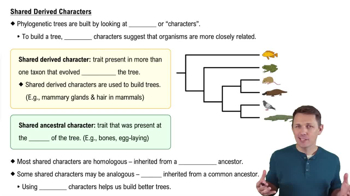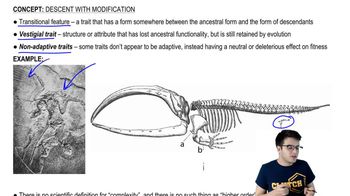With respect to angiosperms, which of the following is incorrectly paired with its chromosome count?
a. Egg—n
b. Megaspore—2n
c. Microspore—n
d. Zygote—2n

 Verified step by step guidance
Verified step by step guidance



With respect to angiosperms, which of the following is incorrectly paired with its chromosome count?
a. Egg—n
b. Megaspore—2n
c. Microspore—n
d. Zygote—2n
Which of the following is not a characteristic that distinguishes gymnosperms and angiosperms from other plants?
a. Dependent gametophytes
b. Ovules
c. Pollen
d. Alternation of generations
Gymnosperms and angiosperms have the following in common except
a. Seeds
b. Pollen
c. Ovaries
d. Ovules
The history of life has been punctuated by several mass extinctions. For example, the impact of a meteorite may have wiped out most of the dinosaurs and many forms of marine life at the end of the Cretaceous period. Fossils indicate that plants were less severely affected by this mass extinction. What adaptations may have enabled plants to withstand this disaster better than animals?